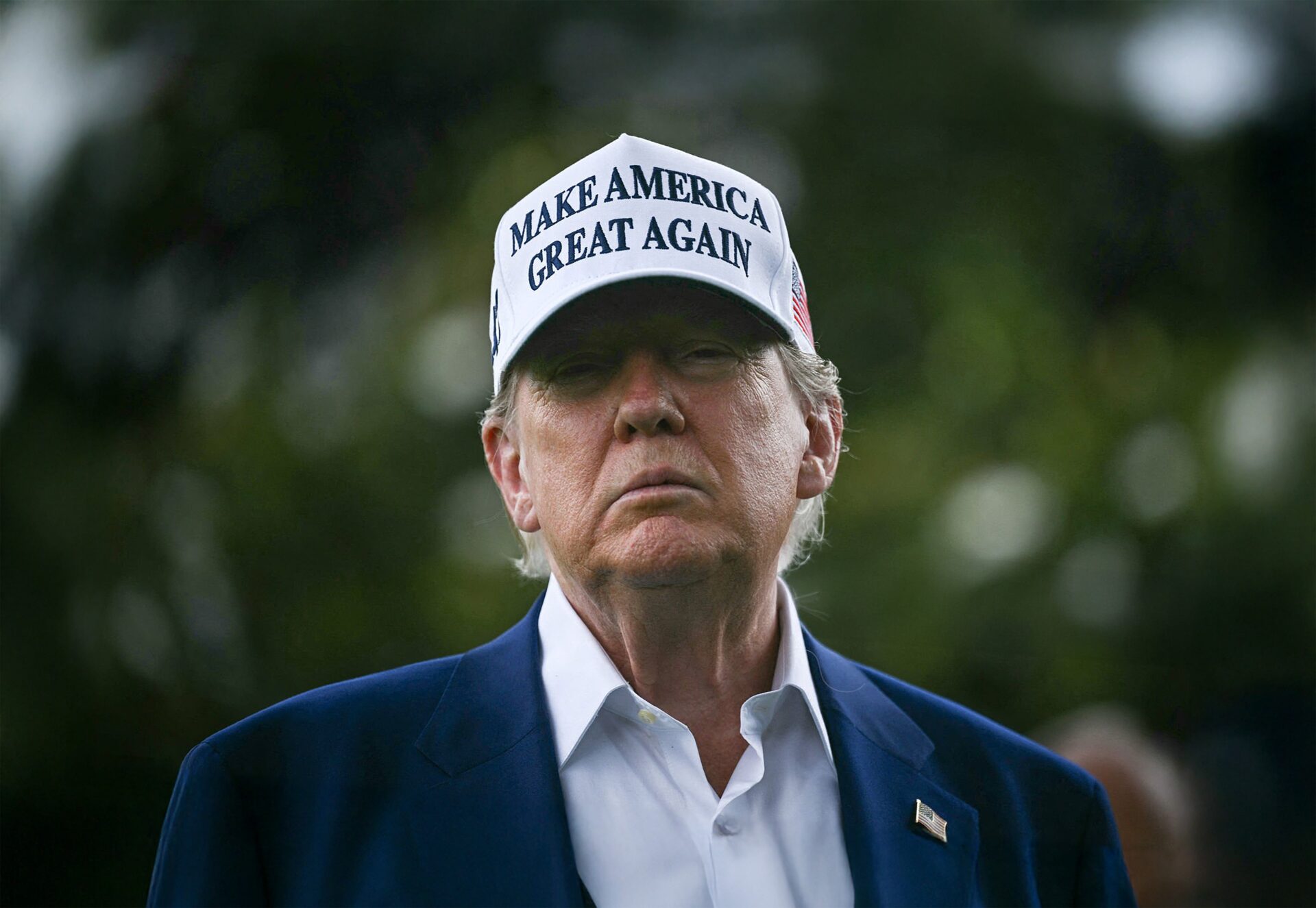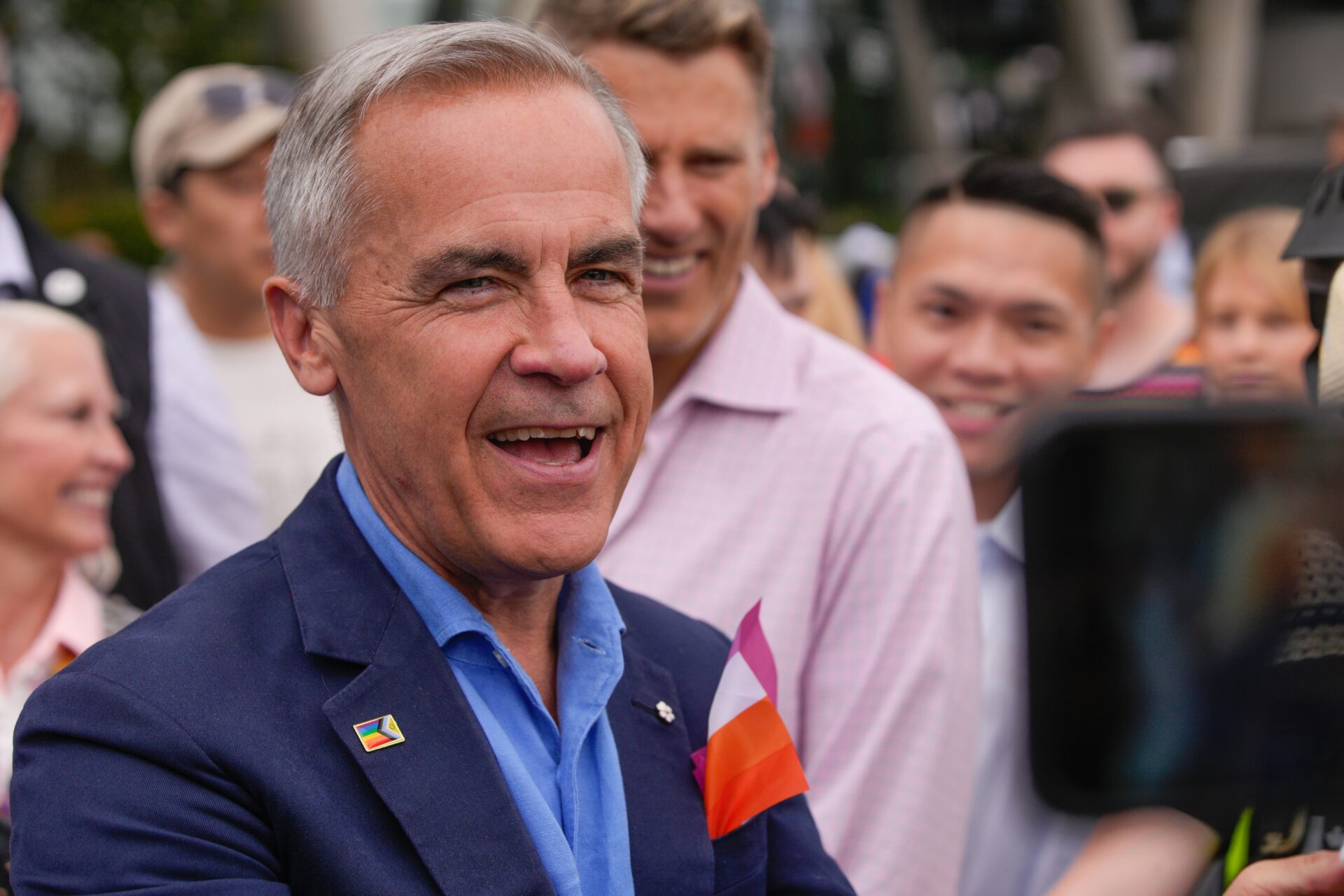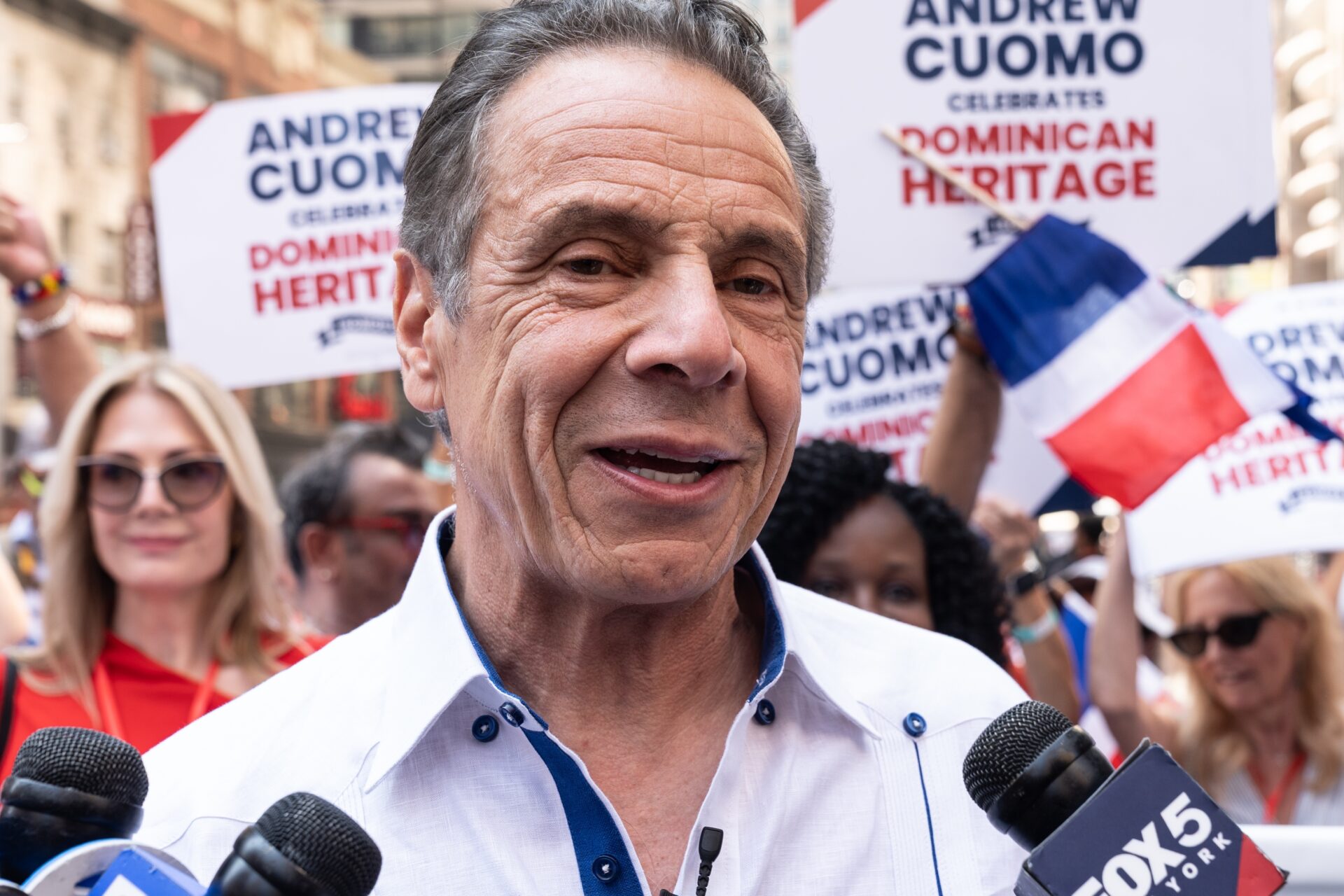
Government Shutdown Looms: What You Need to Know
America faces a new crisis as entrenched partisan gridlock shuts down the federal government, leaving citizens bracing for impact while constitutional values hang in the balance.
Story Snapshot
- Congress failed to pass a spending deal, triggering the first government shutdown since 2019.
- Hundreds of thousands of federal employees now face furloughs and non-essential services are suspended.
- Senate Democrats blocked a House-passed continuing resolution over policy demands, highlighting deep polarization.
- President Trump insists on restoring government funding before any further negotiations, protecting fiscal discipline.
Congressional Deadlock Triggers Nationwide Shutdown
On September 30, 2025, the U.S. government officially shut down after Congress failed to reach agreement on crucial appropriations bills. The House, controlled by a conservative majority, passed a continuing resolution (CR) designed to fund government operations through November. However, Senate Democrats blocked the measure, demanding additional policy concessions. This deadlock marks the first shutdown since 2019, a stark reminder of the entrenched partisan divides that have plagued Washington and undermined efficient governance.
The shutdown immediately impacted non-essential federal services, forcing hundreds of thousands of employees into furloughs and putting many government operations on hold. Essential services such as national security and Social Security processing continue, yet the delay in other programs directly affects seniors, veterans, and families relying on timely federal support. The ripple effect of the shutdown spreads far beyond Capitol Hill, stoking frustration among those who value constitutional order and responsible public management.
“Republicans must use this opportunity of Democrat forced closure to clear out dead wood, waste, and fraud. Billions of Dollars can be saved. MAKE AMERICA GREAT AGAIN!” – President Donald J. Trump pic.twitter.com/8h6evugtPR
— The White House (@WhiteHouse) October 2, 2025
Republican Leadership Defends Fiscal Responsibility
President Donald Trump and House Republicans remain firm in their resolve to secure government funding before entering negotiations on broader policy issues. Their approach seeks to uphold fiscal discipline and resist last-minute demands that would reverse recent spending cuts or expand controversial social programs. Senate Democrats, led by Chuck Schumer and supported by House Minority Leader Hakeem Jeffries, insist on extending funding for progressive initiatives as a condition for ending the shutdown. This impasse reflects intensifying polarization, with conservative lawmakers prioritizing limited government, border security, and protection of American benefit programs from misuse.
Advocacy groups such as AMAC Action have issued warnings about the shutdown’s impact on seniors and veterans, urging Congress to resolve the deadlock without compromising core conservative values. The standoff also highlights the power dynamics within Congress: Senate filibuster rules give minority Democrats significant leverage, while House conservatives steer the legislative agenda toward fiscal restraint and traditional principles. As negotiations stall, both sides blame each other for the disruption, but the facts remain clear—failure to compromise on spending priorities has real consequences for everyday Americans.
Historical Patterns and Constitutional Concerns
Government shutdowns are not a new phenomenon, but their increasing frequency signals deeper dysfunction in American budget politics. The Antideficiency Act prohibits federal agencies from spending without congressional approval, making shutdowns inevitable when appropriations bills stall. Previous shutdowns in 2013, 2018-19, and now 2025 have resulted from similar partisan deadlocks. Each episode erodes public trust in government and raises questions about the health of U.S. democracy, especially when basic services and constitutional rights are at risk.
Expert analysis from Brookings Institution and the Committee for a Responsible Federal Budget makes clear that shutdowns are costly and disruptive, rarely delivering meaningful policy gains. Advocates for constitutional values argue that repeated shutdowns weaken the nation’s institutions and threaten the rule of law. With the Trump administration committed to restoring order and protecting conservative principles, many Americans hope this latest crisis will prompt lasting reforms that defend individual liberty and fiscal responsibility.
The economic impact of delayed government spending and reduced consumer confidence cannot be ignored. Vulnerable populations, federal contractors, and key industries suffer immediate hardship, while the long-term fallout may influence upcoming elections. As conservative Americans watch this drama unfold, the call for principled leadership and respect for constitutional checks and balances grows louder—a demand for government that serves the people, not political agendas.
Watch the report: Federal government shuts down as Congress remains deadlocked on spending bill
Sources:
Government shuts down after Congress deadlocks on spending deal
What is a government shutdown and why are we likely to have another one? – Brookings Institution
Government Shutdown Clock – The White House
Government Shutdowns Q&A: Everything You Should Know – Committee for a Responsible Federal Budget


